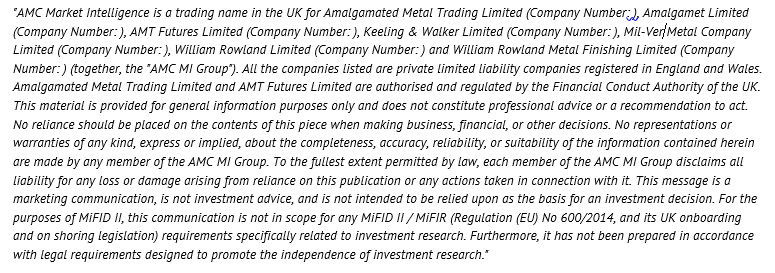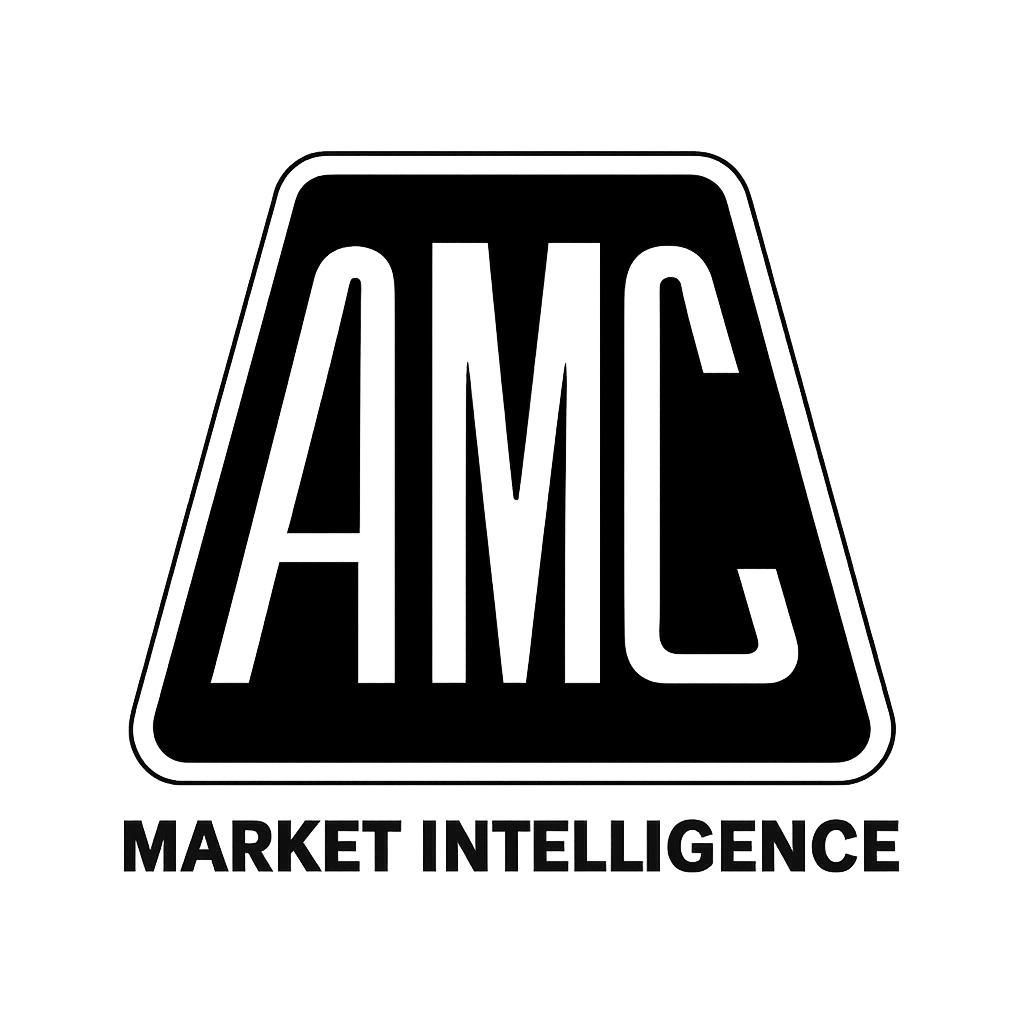Annex II, the exemption list under U.S. Executive Order 14257, underscores a deeper weakness in U.S. trade strategy. Critical supply chains are being kept open through exemptions, not by building domestic resilience. That reliance on carve-outs rather than capacity reflects what many have described as America’s Achilles’ heel in technology and defence.
Against that backdrop, Trump’s latest call for Europe to join the U.S. in levying tariffs on India suggests a shift in calculus. Where he once assumed that the weight of U.S. tariffs alone could bend counterparts to his will, there is now an acknowledgment that allies must be enlisted if the policy is to have reach and durability. It points to a re-think about the limits of unilateral trade action and the need for a broader quid pro quo.
Meanwhile Beijing’s policy of “anti-involution” is growing in relevance as it is increasingly applied to heavy industry. The principle of avoiding waste and rationalising low-margin competition is being put into practice through the withdrawal of subsidies, tax breaks, and
cheap power that have long kept marginal refiners and smelters running. The impact is becoming visible: aluminium and copper smelters are losing preferential support, nickel and cobalt refiners face slower sulphate expansion, and private rare earth separators risk closure.
For years China’s economic model tolerated midstream overcapacity as a way to protect jobs, capture export share, and keep global prices in check. Anti-involution now provides the context for unwinding that model and consolidating production under stronger, often state-backed groups. The market impact is not yet dramatic, but the trajectory is clear: fewer semi-processed exports, firmer premia, and more disciplined supply flows out of China.
Rarely contemplated in combination, these policies together are starting to signal a path toward further escalation in the trade conflict. On one side, Washington is carving out tariff exemptions to safeguard access to critical inputs. On the other, Beijing is rolling back the supports that once sustained overcapacity in its midstream. The common thread is control over treatment, refining, and value-adding stages of supply chains.
China’s excess midstream capacity was built deliberately over the past two decades, supported by subsidies and cheap power. The U.S., by contrast, faces a 5 to 15 year horizon to develop meaningful domestic alternatives. Annex II exemptions are only a tactical bridge, securing access in the near term while longer-cycle projects attempt to close the resilience gap. The open question is whether those timelines can suitably align with the current escalatory backdrop.
Secondary Metals – From Cost-Saving to Strategic Resources
The role of secondary metals has shifted sharply. What were once treated as cost-saving supplements are now strategic resources, increasingly shaping availability and trade flows.
Copper: Secondary copper’s importance is rising precisely as primary copper deficits loom larger. In China, scrap-fed smelters are cutting operating rates as feedstock tightens, while speculation about the end of tax refunds adds further pressure to margins. Refining charges
have fallen sharply, highlighting the stress at the refining stage. Imports are filling part of the gap, but the arbitrage remains negative and Chinese buyers are bidding aggressively to secure supply. U.S. flows into China collapsed to decade lows in July due to tariff uncertainty, while Japan and Korea are also losing material to Chinese bids. Europe has now listed copper as “critical” under its CRMA framework, with a 25 percent recycling target by 2030, and smelters are lobbying for protection of secondary supply.
Nickel and Nickel Alloys: Nickel scrap is becoming increasingly strategic. Its inclusion in Annex II exemptions highlights Washington’s determination to keep these channels open for stainless steel and battery feedstock, and there has been extensive lobbying from the oil
and gas, aerospace, and industrial gas turbine sectors for broader inclusion under Annex II. In China, refiners already face pressure from tighter margins and slower expansion of nickel sulphate capacity, making scrap availability and trade flows critical to maintaining balance.
Any disruption in nickel scrap flows – whether from tariffs, export quotas, or policy shifts – now has a direct impact on both stainless producers and the EV battery chain.
Aluminium: Aluminium scrap has long been central to supply chains in autos, construction, and packaging, but it is now becoming more politically sensitive. The U.S. and EU rely heavily on scrap flows to balance their markets, and with tariffs on primary aluminium in flux, scrap increasingly acts as a relief valve. Europe has already moved to restrict low-grade scrap exports under its CRMA framework, and in the U.S. aluminium’s heavy reliance on recycling suggests it could be a candidate for future Annex II treatment. The strategic picture is clear: scrap is no longer a buffer, it is a battleground. Policy interventions such as taxes, recycling mandates, export quotas, and tariff exemptions are increasingly shaping availability. For end-users, shortages and uncertainty are already prompting substitution, with U.S. HVAC manufacturers looking to aluminium instead of copper, and EV battery makers adapting formulations to manage nickel and cobalt exposure.
Market Signals and Strategic Outlook
Policy, scrap availability, and structural shifts are reshaping metals markets. The U.S. is protecting access through Annex II exemptions; China is enforcing discipline through anti-involution; and secondary copper, nickel scrap, and aluminium scrap are all emerging as strategic choke points. Washington’s determination to keep nickel scrap channels open for stainless steel and battery feedstock highlights how secondary flows are being securitised. The U.S. and EU both rely heavily on aluminium scrap, and with tariffs on primary metal in flux it increasingly acts as a relief valve and therefore a politically sensitive one. Annex II has not yet captured aluminium scrap explicitly, but given its central role in U.S. recycling heavy supply chains, it would not be surprising to see it treated the same way in future.
Availability can no longer be read from capacity alone.

